I have a camera sensor (bare die) that must go on a very tiny PCB that also contains electronics for data serialization that dissipate enough power to make the PCB pretty hot (40-60 deg. C). I want to keep the camera sensor cool (at least 25 deg C or colder) to reduce thermal noise. The PCB size and weight must be minimized so simply making the PCB larger, or adding a large passive heatsink are not options. I was wondering if a small Peltier device could be thermally coupled the the PCB, the die placed on the other side, and then chip to board wireboding used to connect the sensor to the PCB, just as described in this article https://sci-hub.se/10.1109/edaps.2009.5403990:
Aside from this paper, I can find very little examples of people doing this in practice and it makes me worried that I'm missing another option or better technique for getting local cooling on a bare die in small lightweight formfactor. I would appreciate any insight or alternative designs people have encountered.
